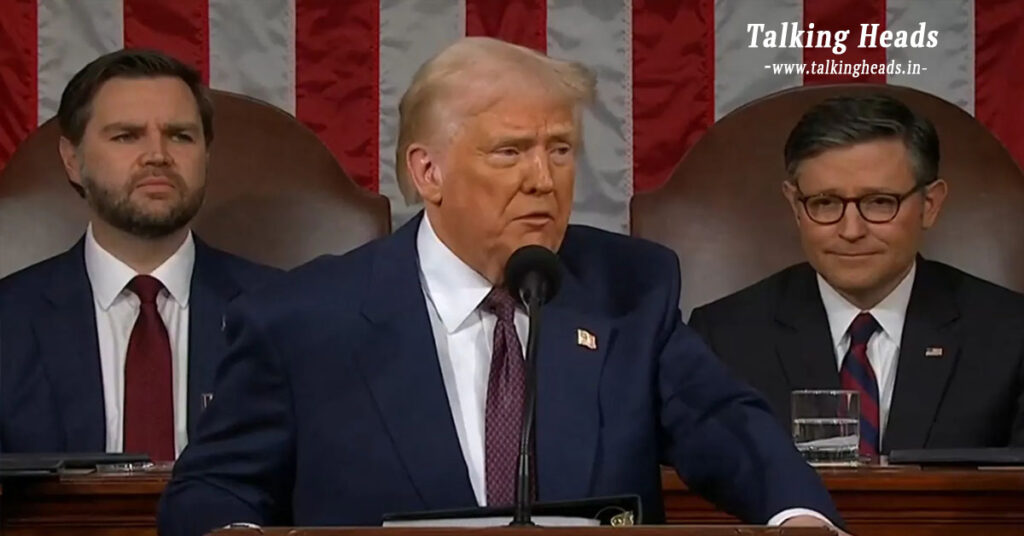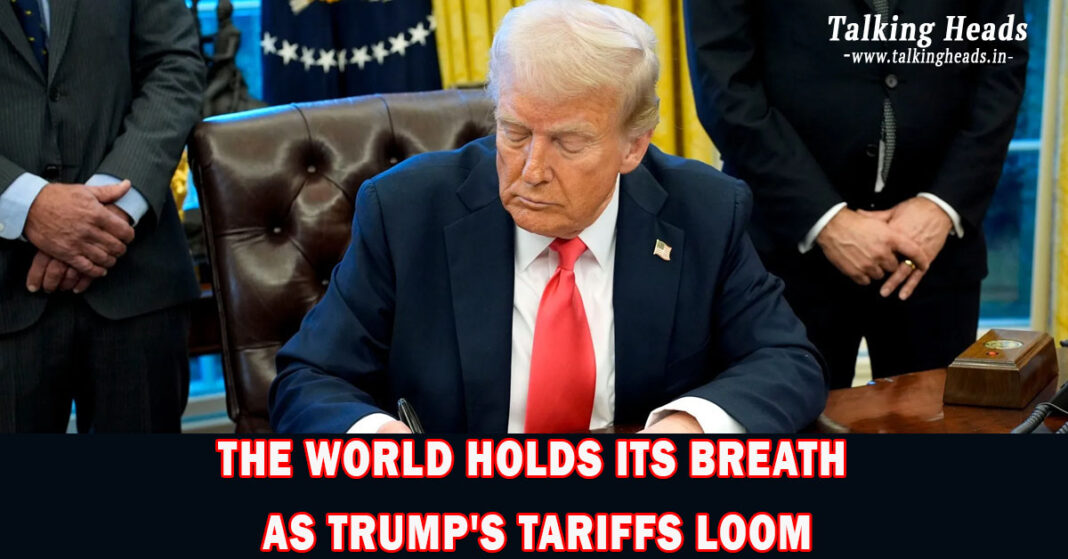As President Donald Trump continues to signal his intent to impose new tariffs, the world watches closely, awaiting the full impact of his trade policies. The promise of higher import duties has sent shockwaves through global markets, but questions remain:
Table of Contents
What will these tariffs look like, and when will they take effect?
Since taking office, Trump’s administration has raised import duties on a range of goods at a rapid pace, making it difficult to predict the full extent of the changes. With the imposition of new tariffs on cars set to take effect this week, here’s a closer look at the key elements of this developing story.
1. How High Will the Tariffs Be?
One of the biggest questions surrounding Trump’s tariffs is just how high they will go. While the White House has yet to confirm specific rates, analysts have speculated on potential levels. During his campaign for the presidency, Trump proposed a 10% tariff on all goods entering the U.S. and suggested that goods imported from China could face tariffs as high as 20%—even 60% in some cases.
When Trump took office, he proposed the idea of “reciprocal tariffs,” which would vary depending on the country involved. Earlier this year, Trump hinted that Europe could face a 25% import tariff. The lack of clarity surrounding the exact rates is leaving businesses and governments anxious as they prepare for the potential fallout from these trade measures.
2. Which Countries Will Be Affected?
Although the Trump administration has not officially confirmed which countries will be impacted, the scope of Wednesday’s upcoming announcement is expected to be wide-ranging. President Trump has made it clear that his new tariffs could apply to “all countries,” echoing his campaign promise. This has dashed the hopes of countries like the UK, which had been hopeful that they might be exempt from the new duties. However, most nations are still holding out hope for some form of negotiation or exemption.
It remains unclear whether the tariffs will apply universally to all imports or be focused on specific categories of goods. U.S. Treasury Secretary Steven Mnuchin recently suggested that the tariffs would be targeted toward the “Dirty 15″—countries with significant trade surpluses with the U.S. that have imposed trade barriers or policies detrimental to American companies.
Countries such as Argentina, Australia, Brazil, Canada, China, the European Union, India, Indonesia, Japan, South Korea, Malaysia, Mexico, Russia, Saudi Arabia, South Africa, Switzerland, Taiwan, Thailand, Turkey, the UK, and Vietnam are all likely to be impacted. The most criticism has come from America’s traditional allies and key trading partners, such as Canada and the European Union. Trump has even been quoted as saying, “Often, friends can be worse than enemies.”
3. What Impact Will These Tariffs Have?

The central question surrounding Trump’s tariffs is: who will ultimately bear the cost? Technically speaking, the answer is straightforward: U.S. companies importing goods will face the increased costs, particularly if the White House begins collecting tariffs “immediately,” as suggested by spokesperson Caroline Leavitt.
However, the impact of these tariffs will go beyond just businesses paying the increased duties. The higher the tariffs, the more pressure companies will face to pass on these costs to consumers. They may do so by raising prices on products, negotiating with suppliers to absorb some of the costs, or pushing their business partners to share the burden.
Many companies have already indicated that they plan to take such steps. However, raising prices too much could backfire, as consumers might turn to cheaper alternatives. The fear of economic slowdown is especially prevalent in industries dependent on U.S. exports, both domestically and internationally.
Trump’s argument is that businesses seeking to avoid these tariffs should consider moving their operations to the U.S. But given the high costs of setting up manufacturing plants and hiring workers, this is not a quick fix. If we factor in currency fluctuations and retaliatory measures from other countries, the ultimate effects of Trump’s efforts to “reset” global trade balances will likely take time to fully unfold.
In conclusion, while the world awaits the specifics of Trump’s tariff plan, one thing is certain: the ripple effects of these tariffs will be felt across industries, borders, and economies for years to come. How countries and businesses respond will shape the future of global trade, but the full impact remains to be seen.










